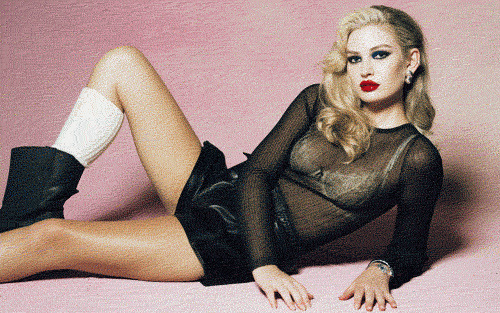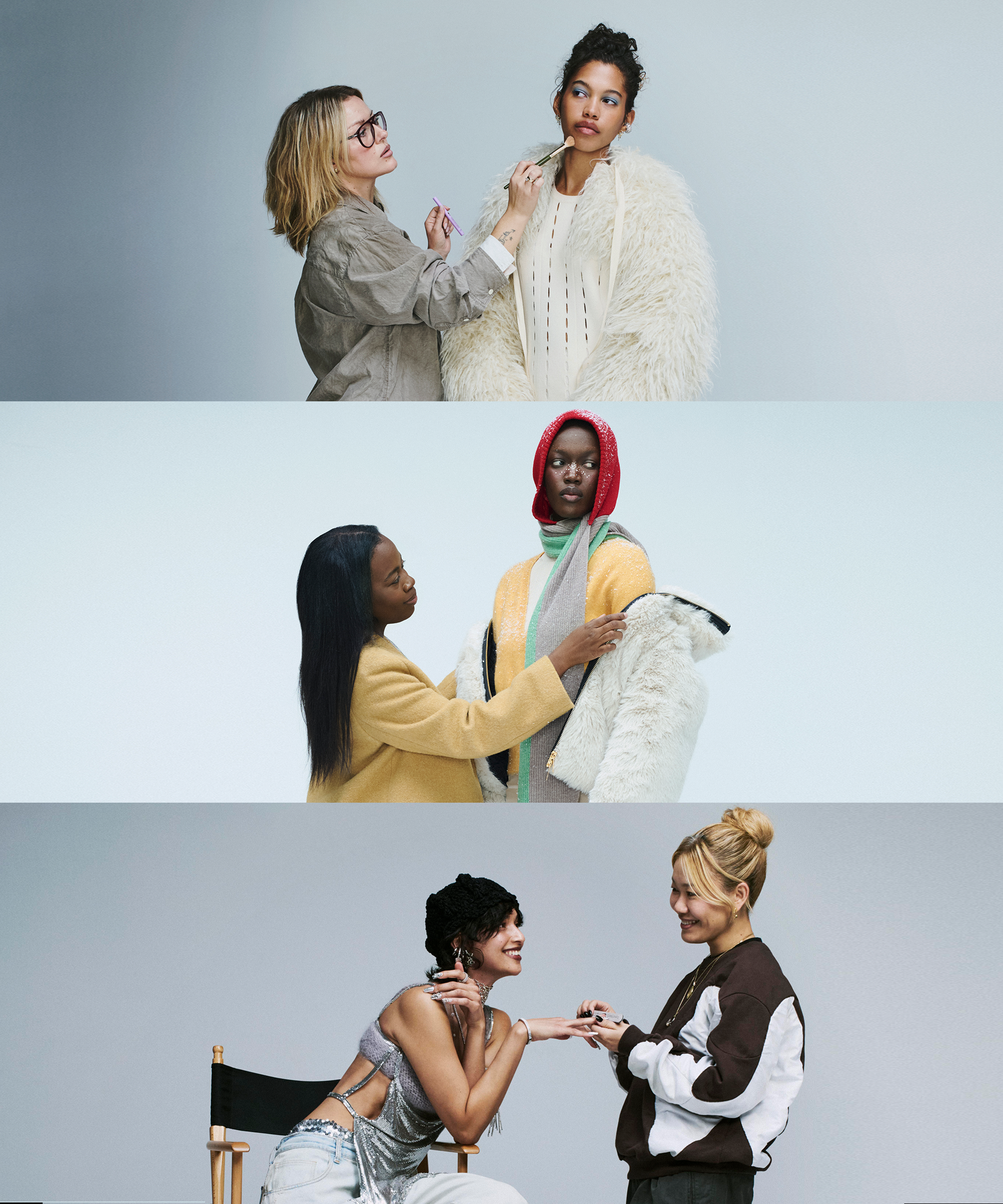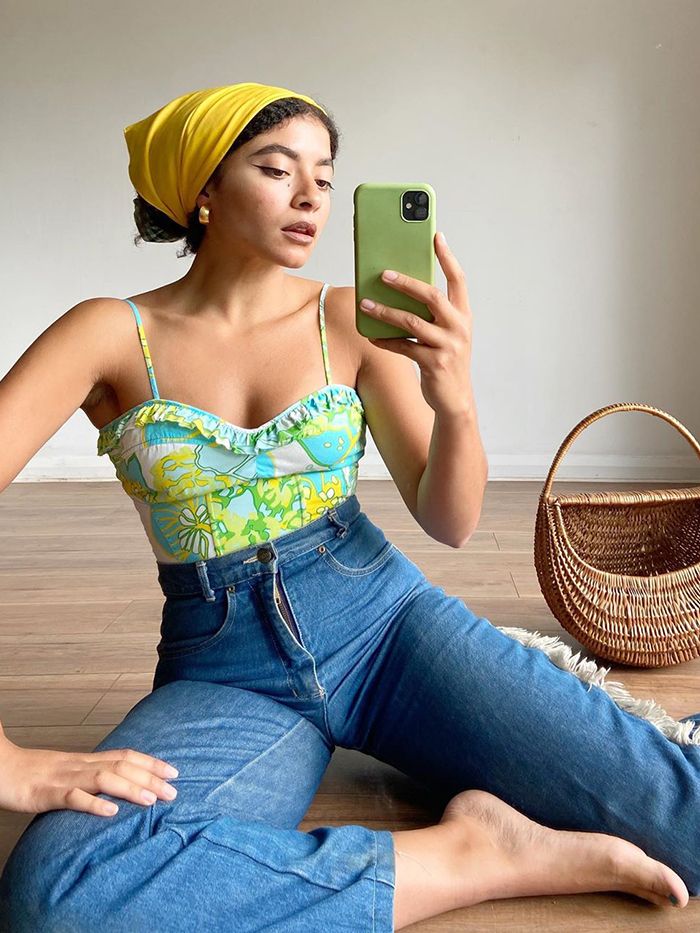
The fashion industry hasn’t exactly been known for having the most positive attitude toward age. Its timeline has been driven by the eternal search for the next “bright young thing,” its runways trodden by girls barely out of their teens and many of its trends inspired by youth culture, something which is, by its very nature, transient. While the industry might have taken tentative steps to address the lack of age lines on the covers of its magazine covers and in glossy ad campaigns, when it comes to valuing age in the clothes themselves, it has a lot of catching up to do.
Over the last 60 years, the new and the novel have powered fashion’s hamster wheel of consumption—its momentum steadily increasing with the boom of high-street fashion then the birth of online shopping and proliferation of social media promptly kicking it into a higher gear. It wasn’t long before the industry found itself in overdrive, scrabbling to keep up with the demands of a 24/7/365 production schedule. To be “old” was to be obsolete.
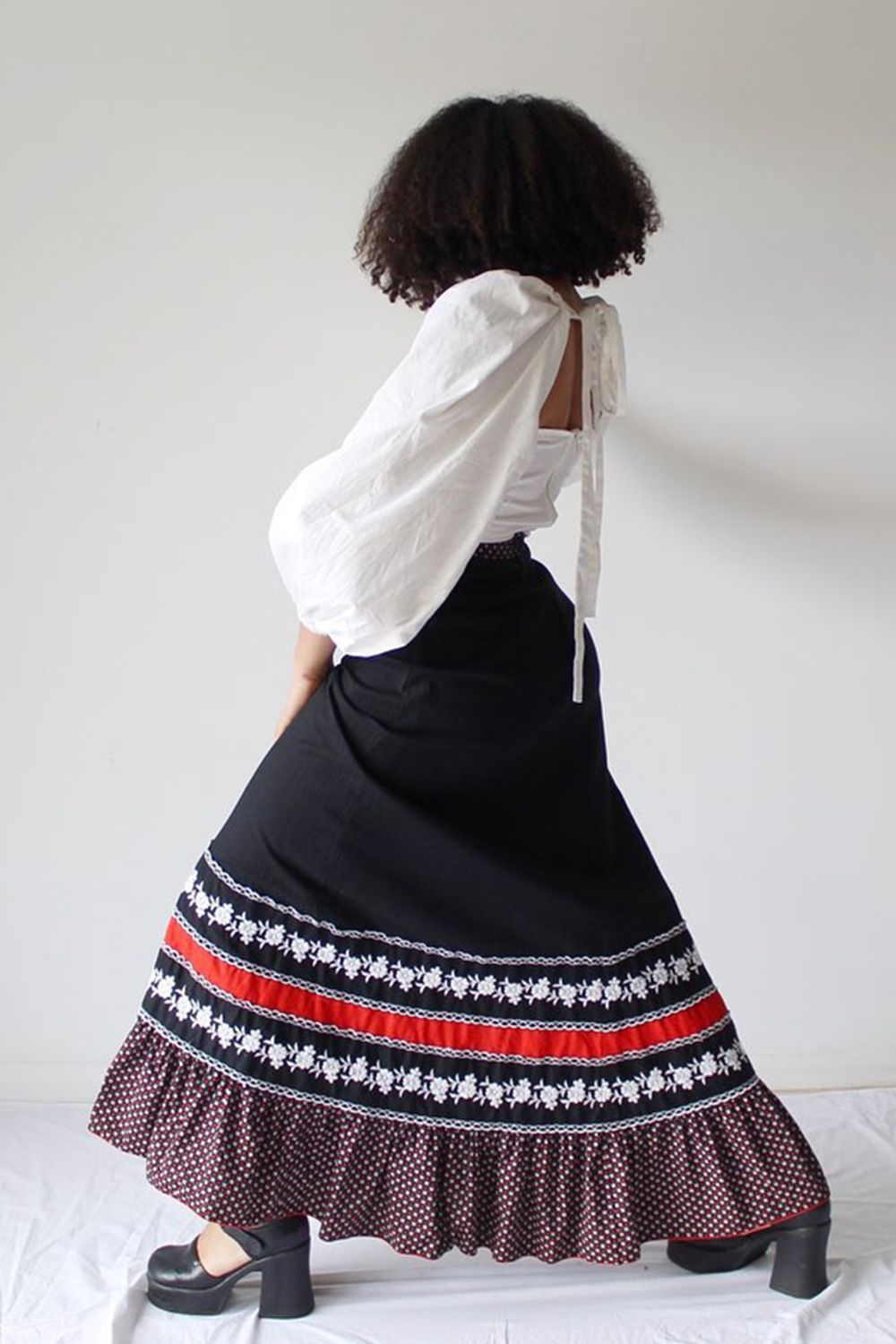
“There are myriad problems facing the fashion industry right now,” says Dana Thomas, author of Fashionopolis: The Price of Fast Fashion and the Future of Clothes. “We produce 100 billion garments each year, and 20 billion garments are destroyed each year before they even make it to the shop floor. We wear garments an average of seven times before we throw them away. In total, fashion generates 20 percent of all industrial pollution.”
It’s hardly news to anyone that the fashion industry is in dire need of change, but like many issues that are debated within the congested feeds of social media, it’s all too easy to hide behind a catchy slogan or to decry your outrage without backing it up with action. It can feel like an overwhelmingly complex and multifaceted issue without a clear solution. However, for a growing online community, the answer is simple: Rather than holding out for a groundbreaking, silver-bullet solution, why not make the most of what we already have? Why train our eyes on the horizon when behind us is a mounting pile of preloved clothing ready to be claimed?
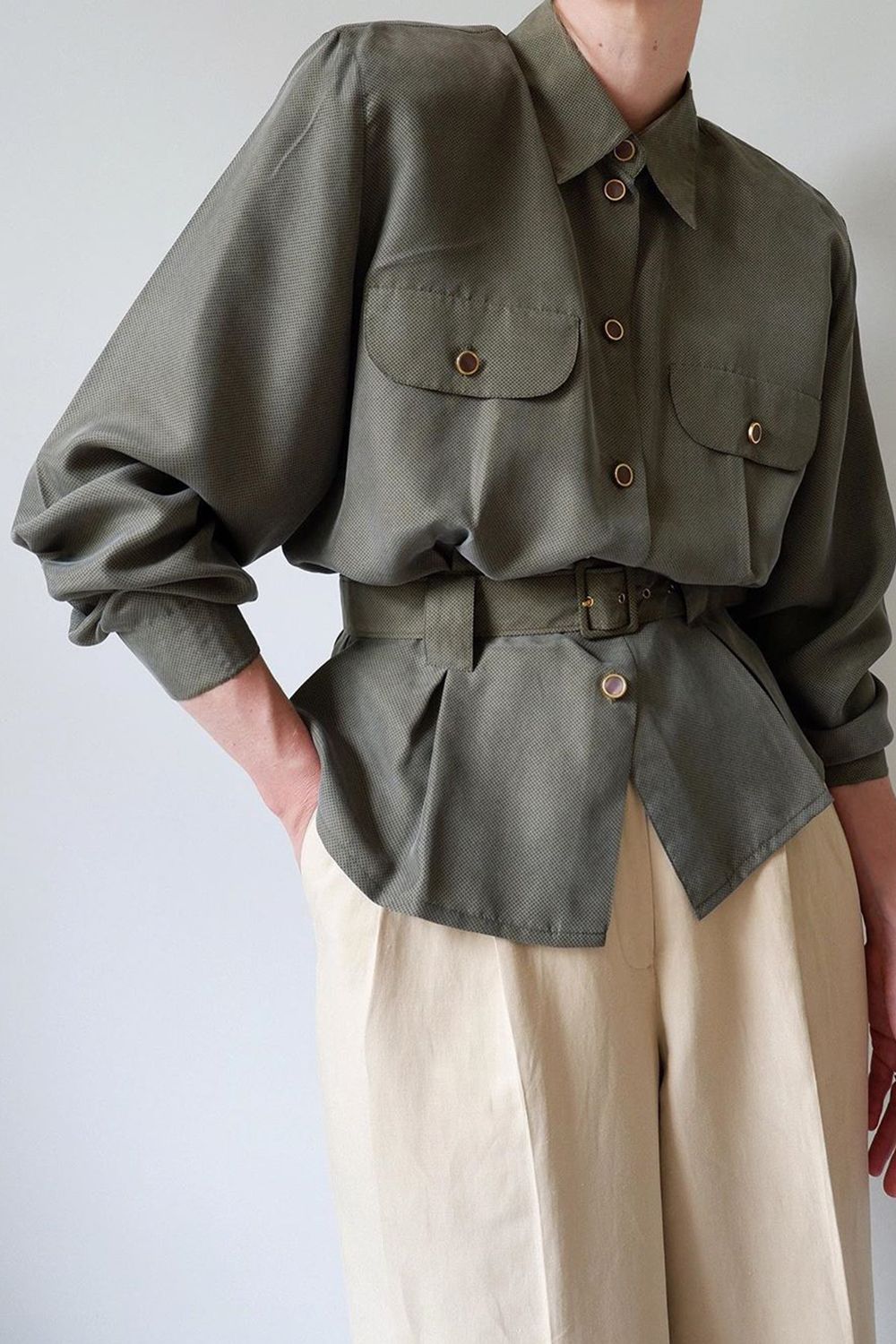
Within fast fashion’s globalised and hugely lucrative narrative, vintage has remained a mere side note. Ever since art students started snapping up Edwardian frocks on Portobello Road in the 1960s, vintage has been categorised as a niche pastime to be enjoyed by creative types who value the rejection of mainstream consumption and relish in the thrill-of-the-chase mindset. Vintage fanatic Selena Williams of @selenasshop__ references her obsession with “treasure hunting” as a young child and recalls spending “most weekends at a flea market or a car-boot sale with [her]grandparents.” Elle fashion writer Daisy Murray also cites family as the source of her vintage obsession: “I remember looking through magazines with my mum when I was a young teen, choosing an outfit or ‘look’ and then making it our mission to re-create it from charity shops.”
Then along came COVID. Charity shops closed their doors and vintage stores packed away their wares. Small businesses were under threat and in need of a new way to connect with a digitalised public. Social media was ready and waiting. Of course, sites such as Etsy and eBay have been selling preloved clothing online for years, but as with many other areas of fashion—be it the decline of print media or the struggles of bricks-and-mortar stores—lockdown accelerated certain changes that were already in motion.
As the humming machine ground to a halt, silence fell for the first time in decades; it was as if the fashion world had been sent to its proverbial room to think about what it had done. “The coronavirus presents fashion with a chance to reset and completely reshape the industry’s value chain, not to mention an opportunity to reassess the values by which we measure our actions,” states the Business of Fashion in its “State of Fashion: 2020 Coronavirus Update.” Once contained to the boardrooms of multinational conglomerates and the hallowed halls of glossy magazines, the question of what the future of fashion looks like has finally opened up to the floor, and the online vintage market has well and truly stepped up to the table.
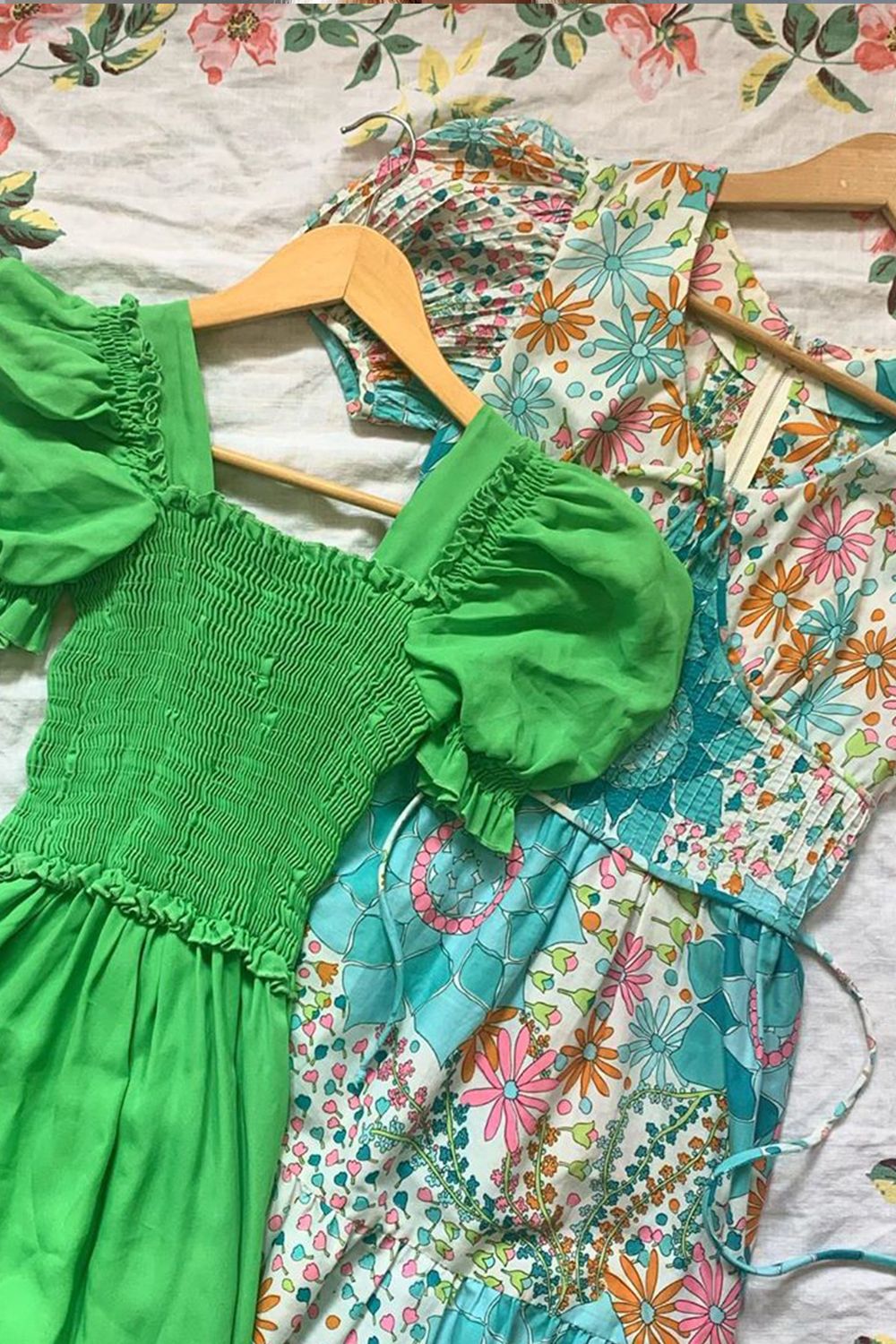
A Virtual Vintage Market was founded as a response to the challenging times facing vintage sellers and small businesses during the pandemic. With many traders losing access to their physical trading space and selling their stock exclusively online, their goal was to bring together sellers and buyers in one place at one time for a unique virtual shopping experience, all from the safety of our homes. Within three months, they accrued over 10K followers.
“Instagram has become a real treasure trove of vintage. It has also been a fantastic platform from which to host our monthly market, as it has such a far reach—our customers are from all over the world, from Los Angeles to Hong Kong,” say founders Emily Sturgess and Georgie Robertson. “Selling online enables you to cultivate a global customer base and grow your brand, as you aren’t reliant on physical footfall. The platform has grown really quickly into a wonderful community of vintage sellers, collectors, fashion-industry professionals and people who are wanting to embrace vintage as part of a sustainable lifestyle.”
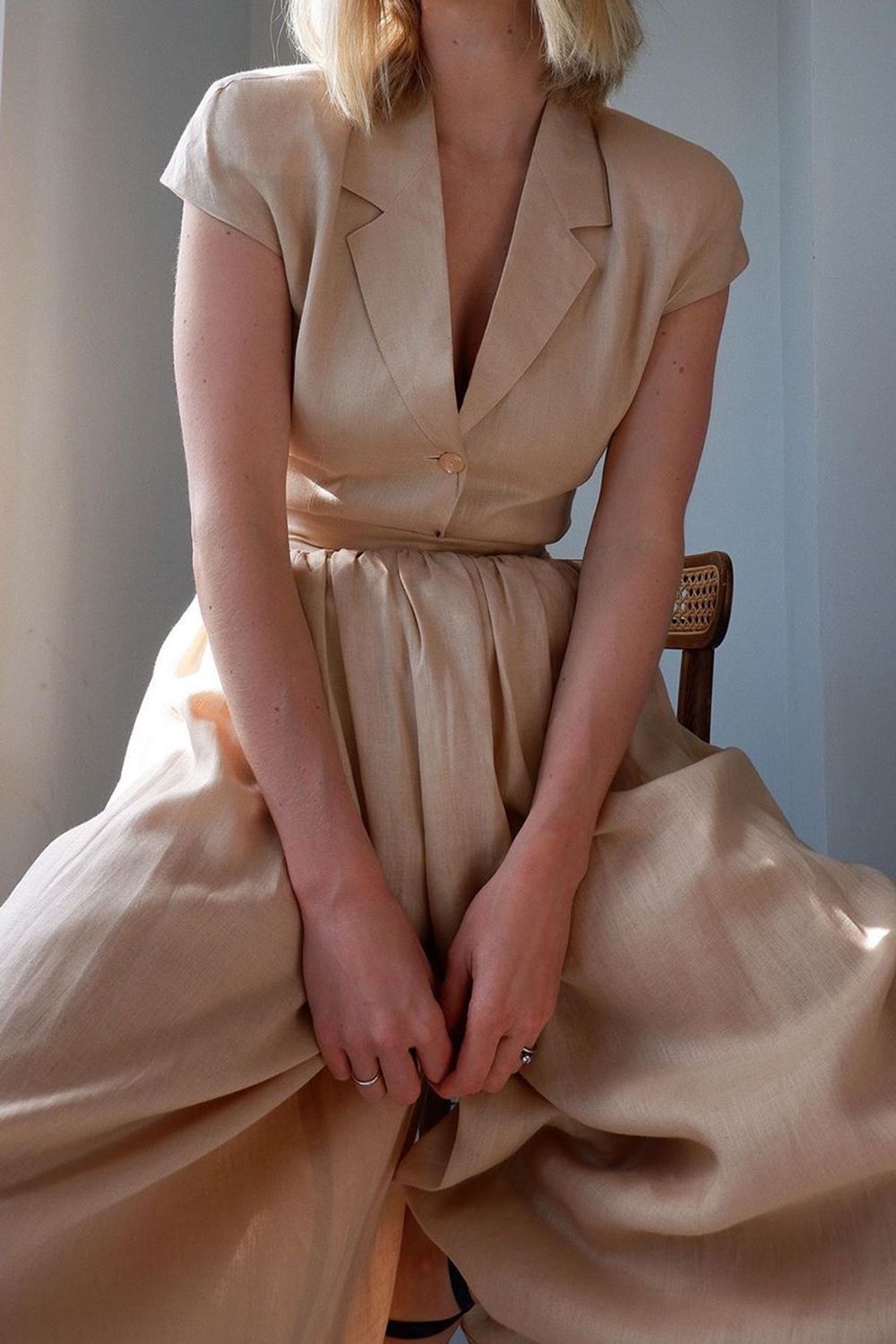
Thanks to the platforming potential of social media, many factors that previously made second-hand shopping inaccessible to consumers have now fallen away. Forget trekking to the dark depths of the countryside to find car-boot sales or spending hours rummaging through rails—this is vintage for anyone who has an internet connection. Instagram has opened up a closed world and given small businesses a voice, and in turn vintage fashion has been able to rebrand itself and present its wares as a viable alternative to fast fashion.
Instagram’s savvy sellers are hand-selecting pieces and compiling them into tightly edited collections that not only nod to current trends but also drum up a designer-worthy hype due to their one-off exclusivity. Why spend thousands on an It bag when you can get a one-of-a-kind vintage prairie dress for £50? Online sellers such as The Pansy Garden and Retold Vintage perfectly encapsulate the potential that lies in the preloved market. Beloved by fashion editors and the public alike, both platforms have garnered an impressive reputation for picking lust-worthy second-hand pieces. It’s common for their weekly and monthly drops to sell out within hours. Concise, affordable and beautiful, it’s a soothing respite from the more-is-more approach of big e-commerce platforms.
“With The Pansy Garden, I wanted a more curated and fashionable look, something that is sustainable but you could totally see hanging on a rack in a trendy store,” says founder Beth Chappell. “Social media has really helped blow up vintage shopping, this year in particular. The virtual vintage world is more than just online shops. However, it is one beautiful community.”
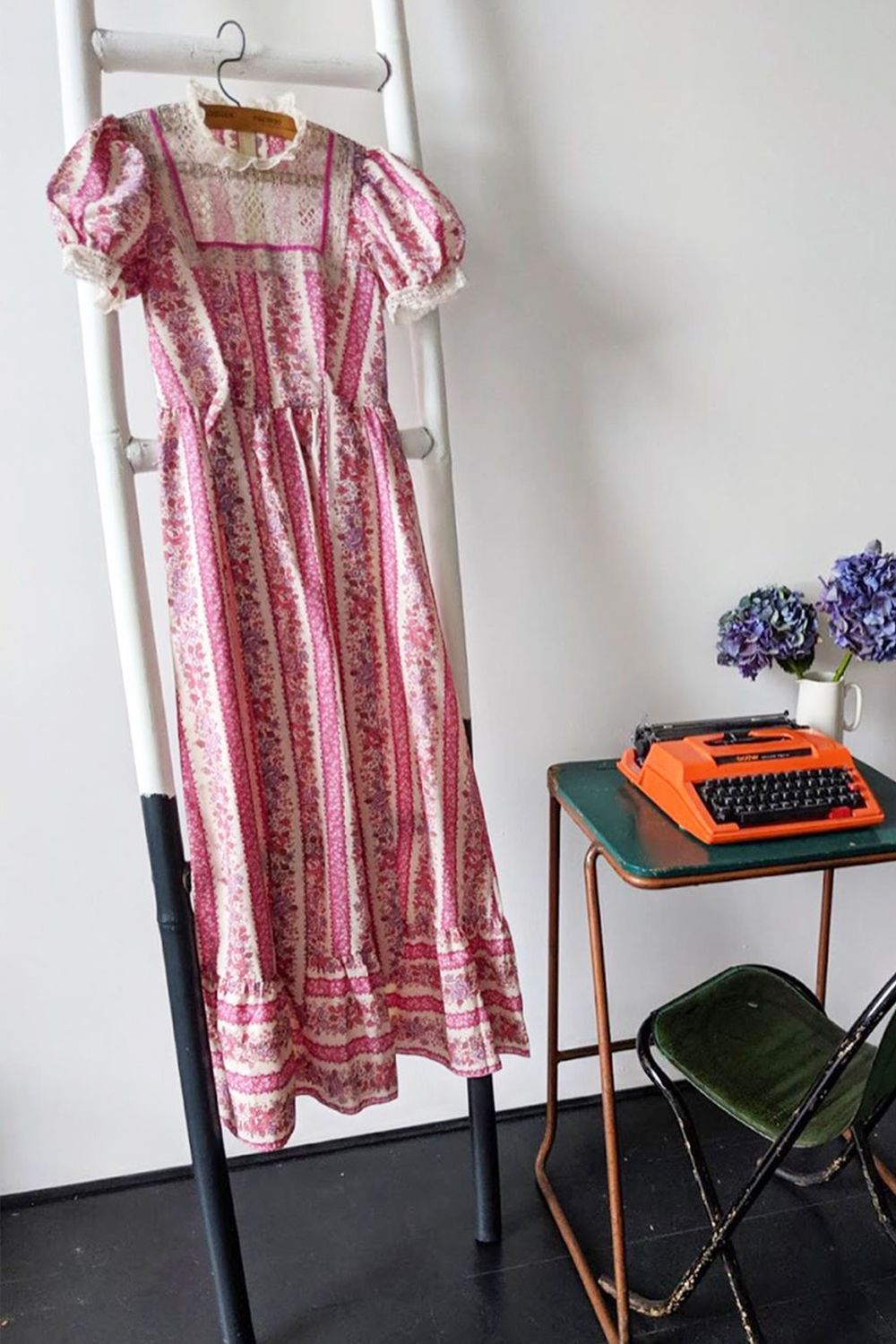
Clare Lewis from Retold Vintage echoes this sentiment: “I think many people have always thought vintage clothing wasn’t for them. Quality and style is a factor, as people would struggle to understand how to incorporate vintage into a modern wardrobe,” she says. “Right from the beginning, customers have always responded so positively to how I curate my collections, and by using Instagram together with an online store, I’ve been able to create an alternative experience to the traditional way of shopping vintage.”
It’s clear that community is an important part of the online-vintage world, not only between sellers but also for the shoppers themselves. Consumers, particularly among Gen Z, are increasingly looking for both sustainable credentials and authenticity, something big brands might struggle to achieve. A number of Instagram traders are answering this call for connection by harnessing their own following and public-facing persona to champion second-hand shopping.
“Having a somewhat large following on my Instagram plays a huge part in deciding which brands I choose to collaborate with,” says Avry Joiner from @thenxcvintage. “I think it’s important while teaching sustainability to not get the lines blurred with wearing a lot of fast fashion. I might still buy a high-street piece and wear it from time to time, but once you start shopping vintage your clothing serves more of a purpose.”
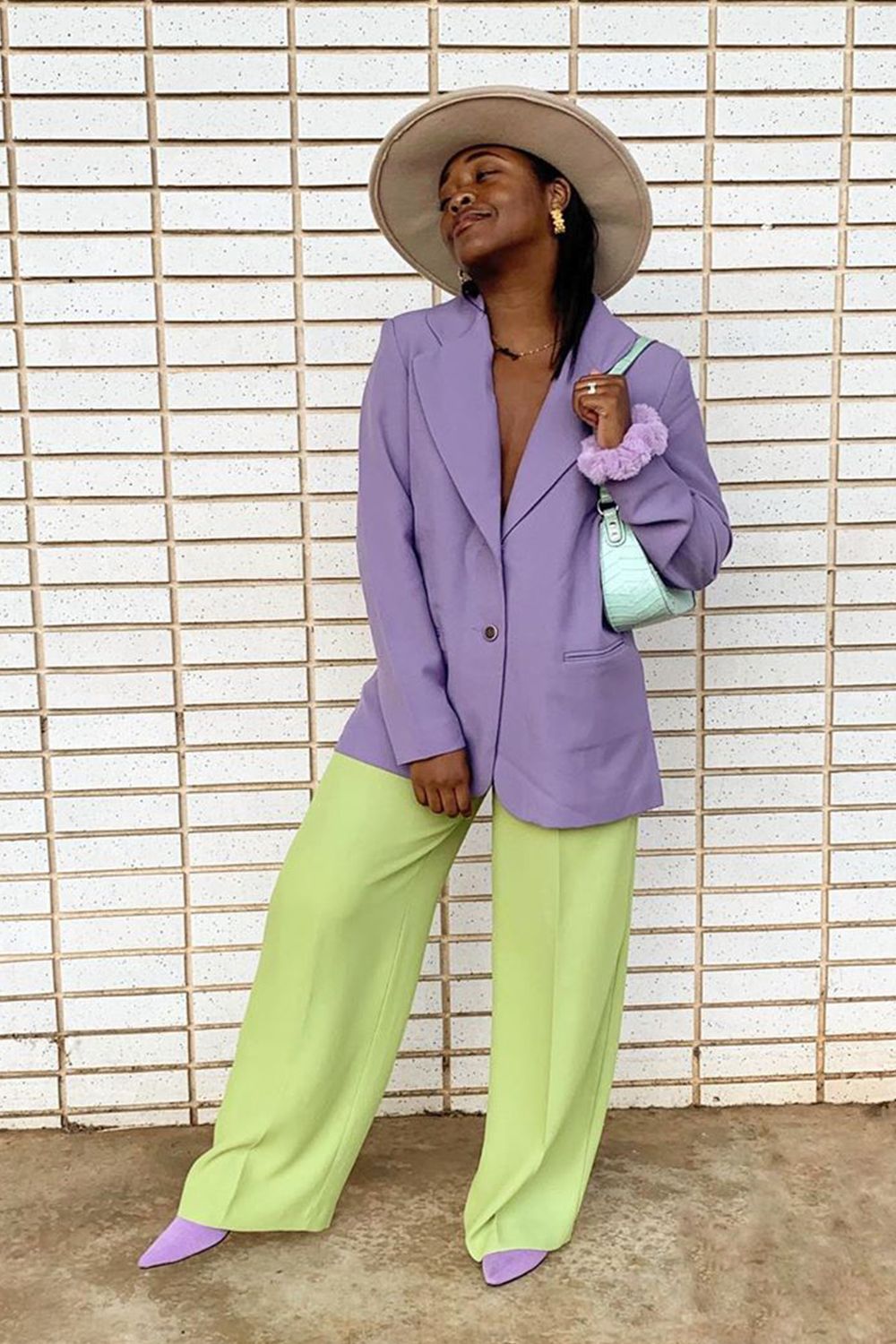
When it comes to merging Insta-ready aesthetics with vintage kudos, Selena Williams from @selenasshop_ is well ahead of the game. She might not boast the same five-figure following as Joiner, but Selena has gathered a dedicated fan base over the last couple of years thanks to her pitch-perfect vintage ensembles, which she styles and models herself. From flowing Laura Ashley gowns to brightly coloured ’70s trousers, she’s sure to convert even the most vintage-ambivalent among us.
“I started out by selling some of my old clothes for extra money, and once every item had sold, I was hooked, and everything else happened very organically,” she explains. “The past few months during lockdown have been my busiest, as I think many people have had more time to discover independent shops. There’s so much variety when shopping vintage online—a traditional market set-up can sometimes be a potluck, and you may not always find what you’re looking for.”
The preloved revolution is underway, and if the facts and figures are anything to go by, it’s the next generation leading the charge. “Gen Z and millennials are adopting second-hand apparel two and a half times faster than other age groups”, says Rachel Swidenbank from resale platform Depop. “As a result, the next generation is challenging the status quo, making use of Depop as a platform and community to support a new consumer movement that is not just sustainable but built upon their own preferences and interests. We’ve seen record-breaking performance across all of our key markets, and globally, traffic on the app is up +200% since April. In the UK specifically, we’ve seen consecutive weeks of record-breaking growth in the business with triple-digit growth in our business.”

For big global brands in 2020, it’s all about the big A: authenticity. And there is a growing number of e-commerce platforms that are seeking to disrupt the usual online shopping business model by stocking second-hand clothing. The results speak for themselves. “I think overall, consumers are becoming more conscious in the way they shop and approach luxury fashion. They are looking for craftsmanship and longevity,” says Heather Gramston, head of womenswear at Browns Fashion. “We first launched vintage on-site as a way to explore more sustainable and conscious designers and to provide our luxury consumer with something unique. We’ve had incredible responses to brands such as Tiger in the Rain and London-based One Vintage, and following the appetite from our clients, we wanted to ensure that vintage and reworked pieces were a core offering within our recently launched Conscious edit.”
In the face of fashion’s pandemic-induced disillusionment, the online second-hand and vintage community is offering another way. It’s injecting personality and passion back into a world that has lost its sense of self and showing that fashion’s discard pile just might hold the key for a more sustainable future.
“Before lockdown, I’d never really strayed into vintage shopping beyond a quick rummage on holiday,” says 28-year-old Lucy Butterfield, who works in PR and is a newly converted vintage shopper. “When Laura Marling started posting guitar lessons on Instagram, I was enamored by the beautiful shirts she was wearing. I found nothing remotely similar on the high street, so I hit up Instagram and stumbled across the Virtual Vintage Market. The sellers they linked me to were a revelation. I’d imagined online vintage shopping as scrolling through grainy photos of moth-eaten gear, but the sellers I found were gold mines of beautifully presented pieces, meticulously sized and measured, with very lovely people happy to DM you with extra info.” I have no doubt that Lucy is one of many consumers who have discovered the joys of second-hand fashion during this strange time, and I have no doubt that this number will continue to rise. The vintage revolution is coming: It’s time to spread the word.
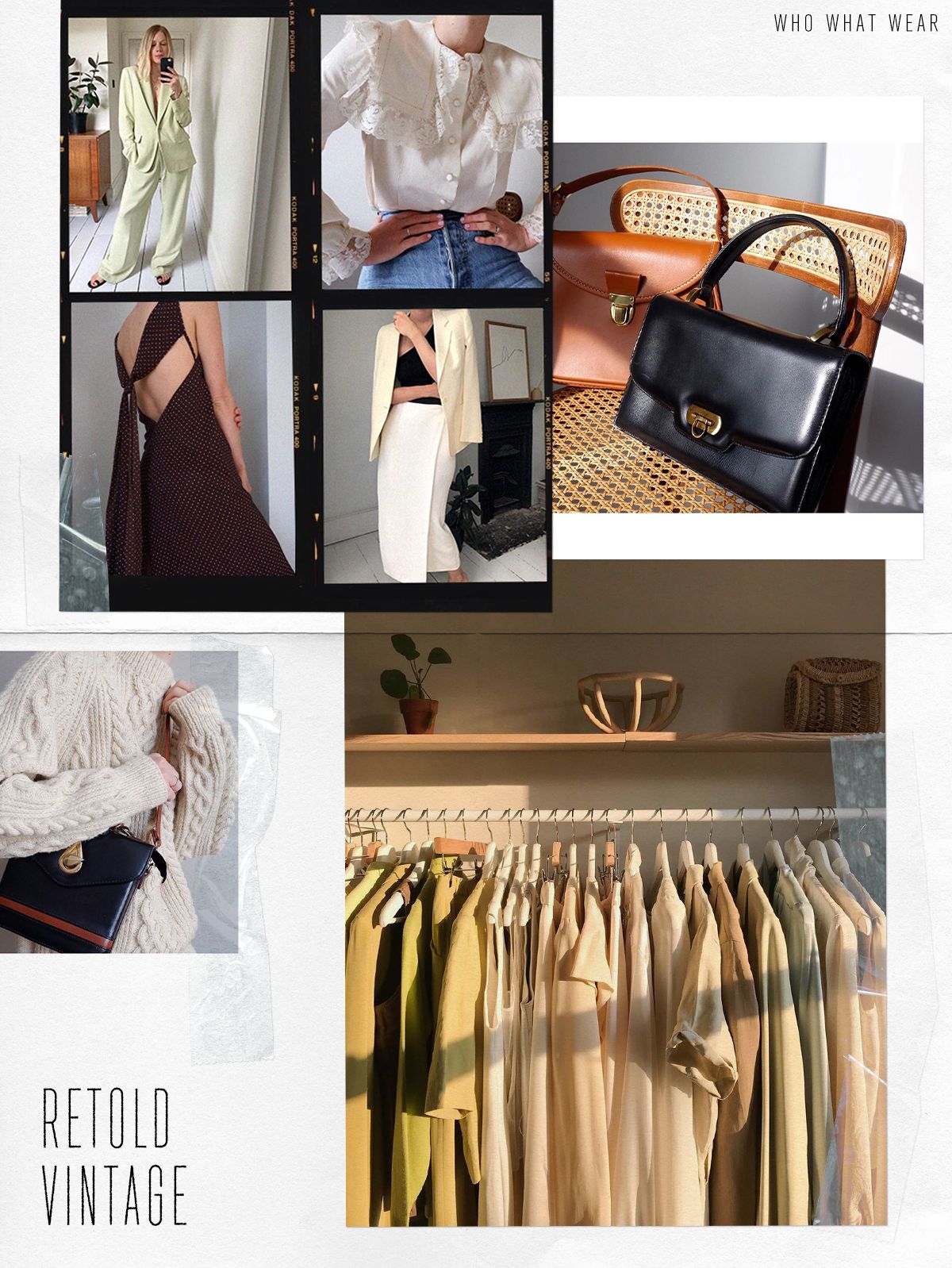
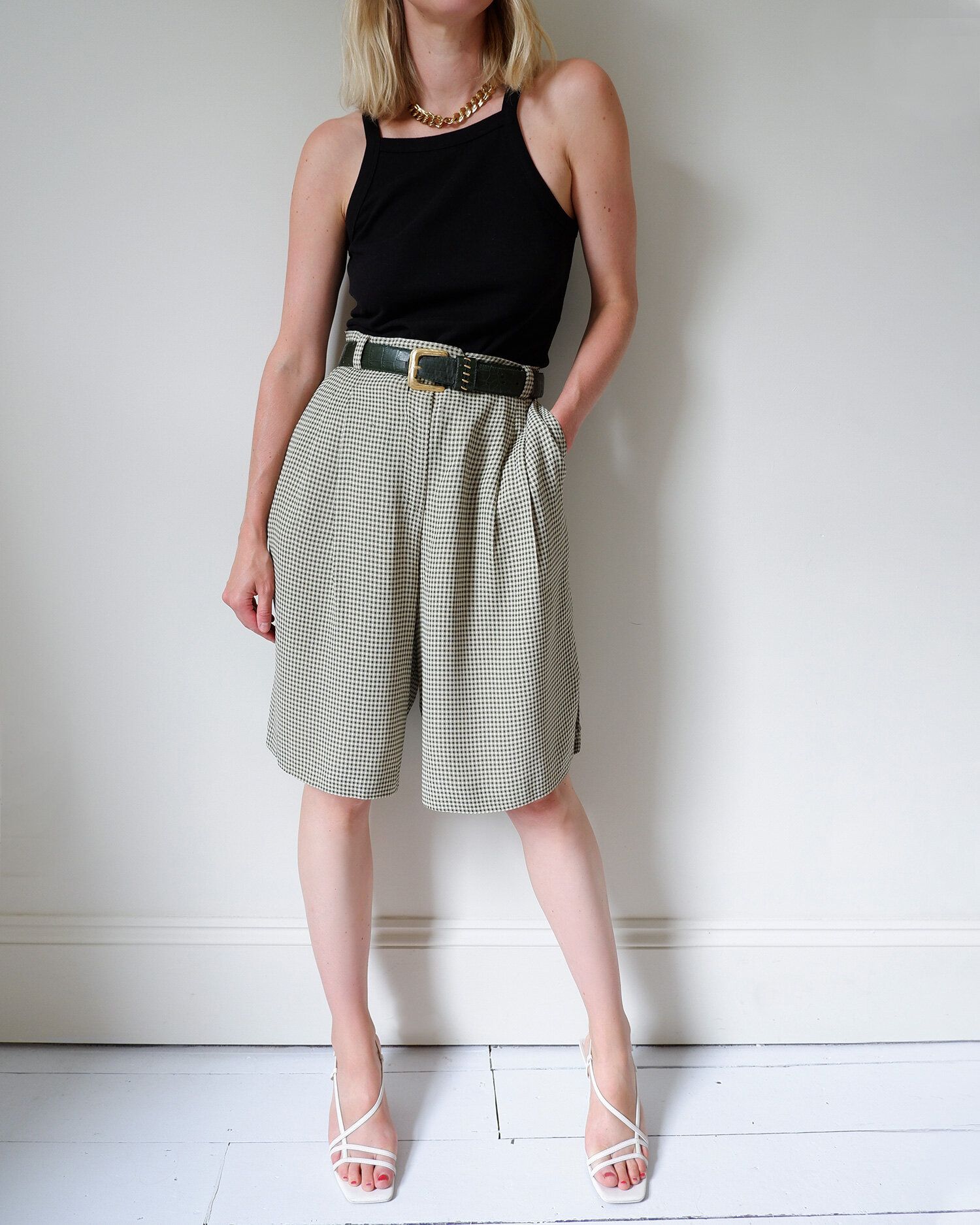
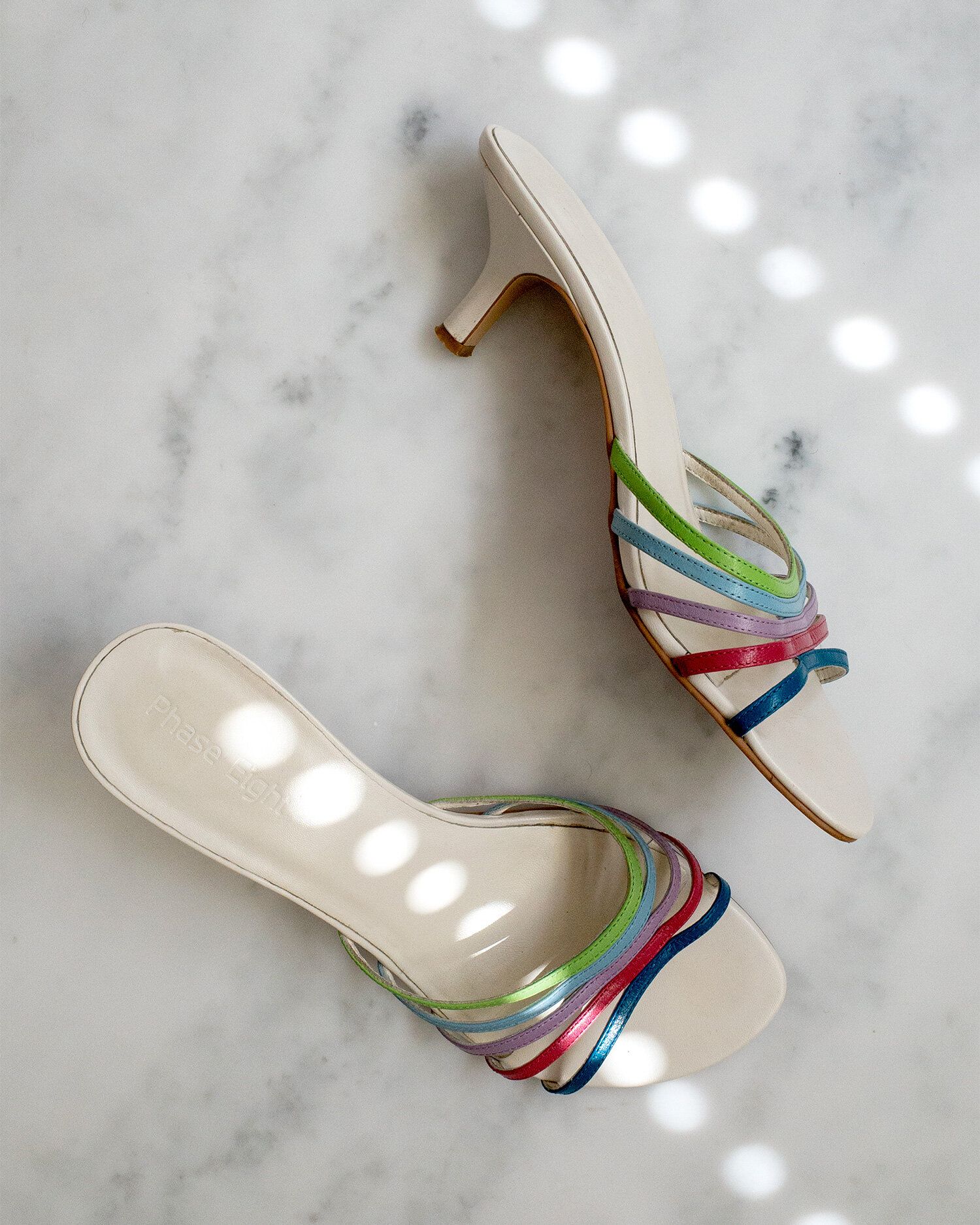
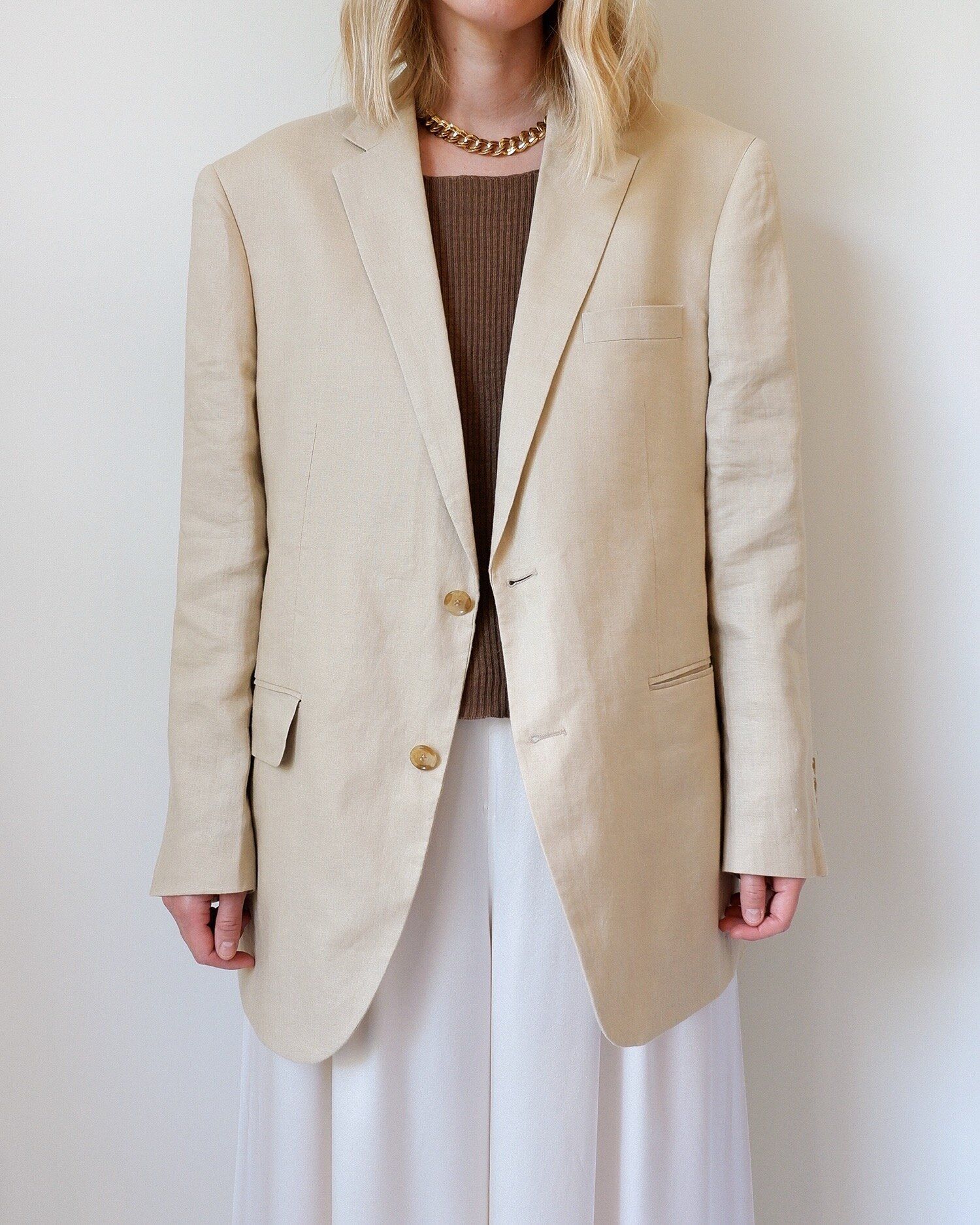

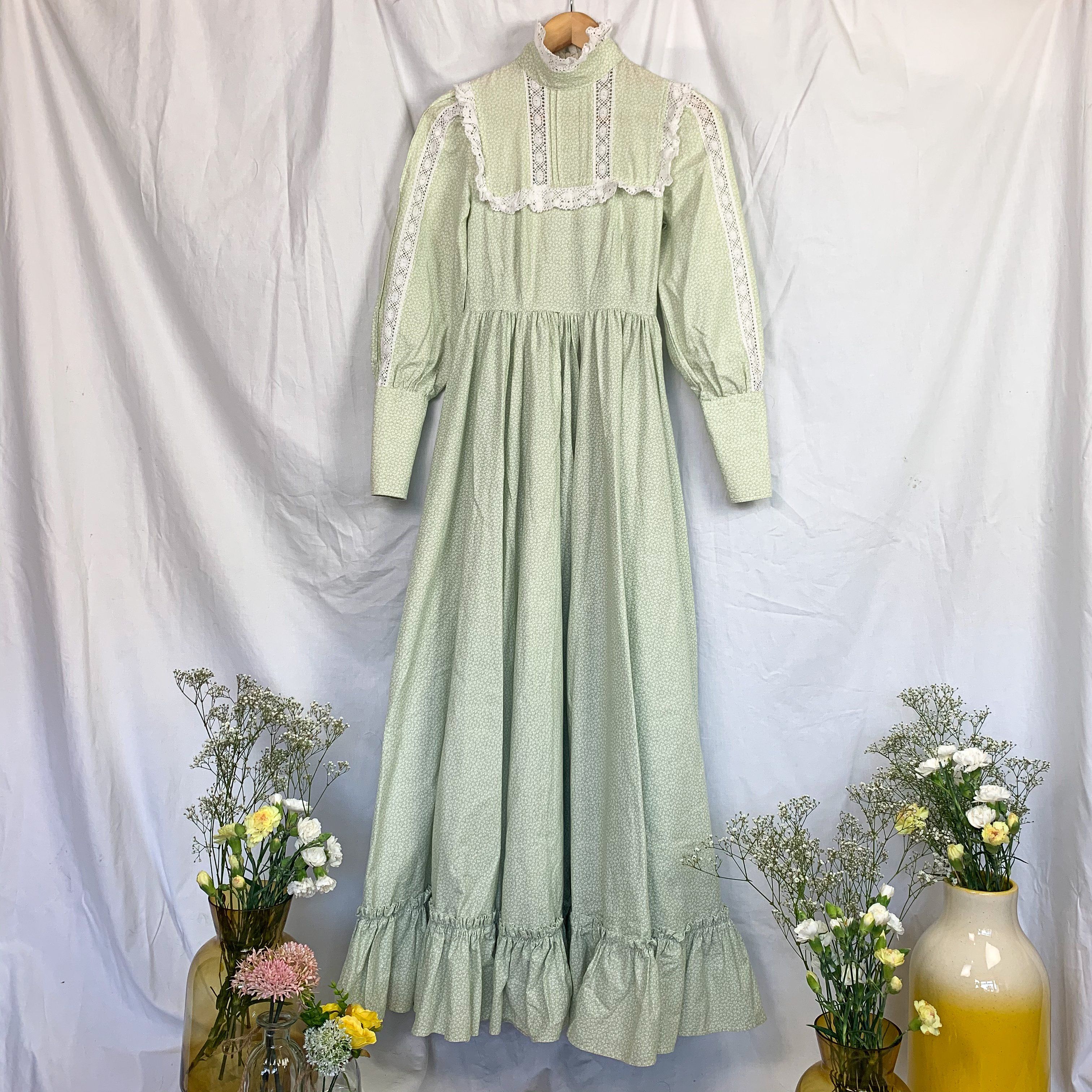
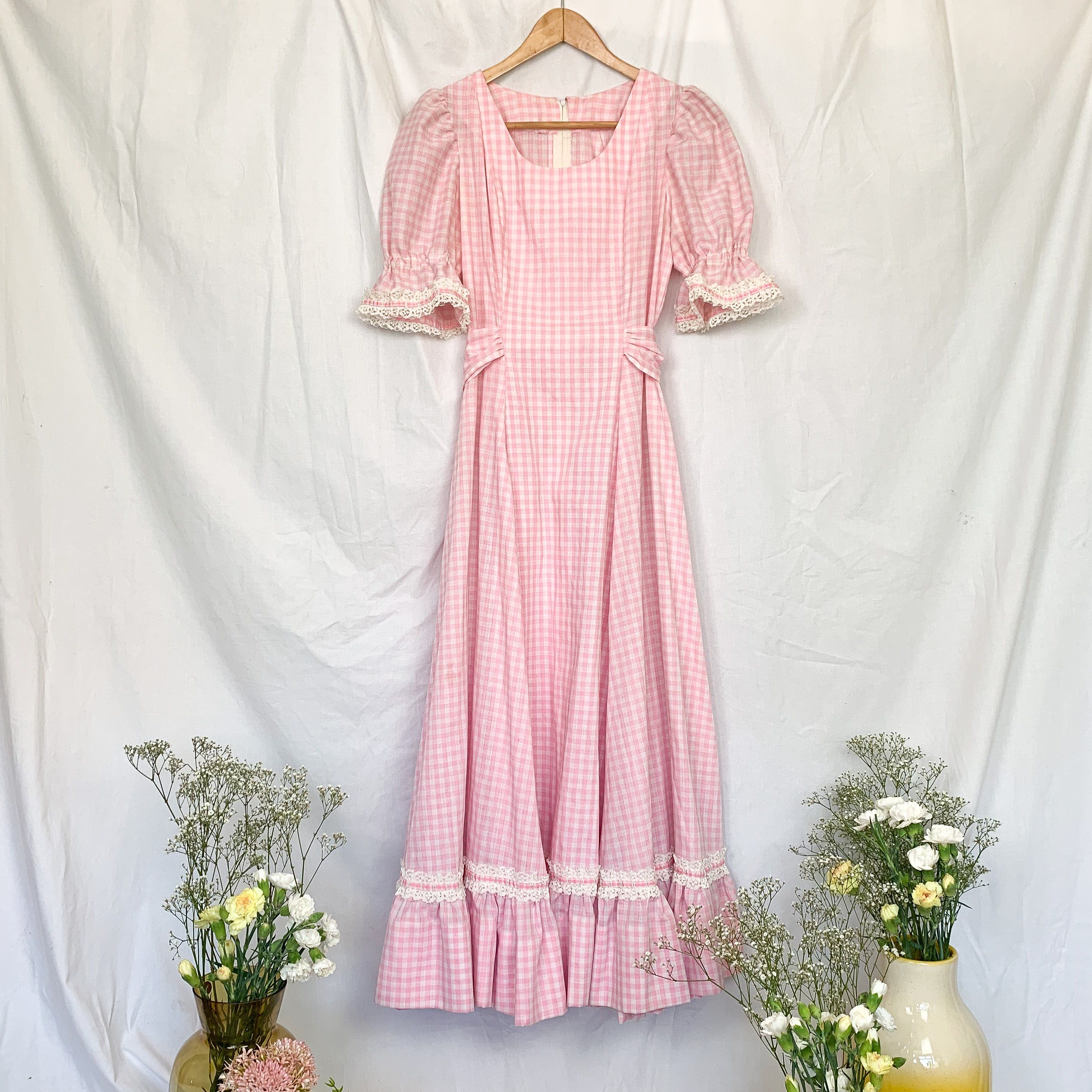


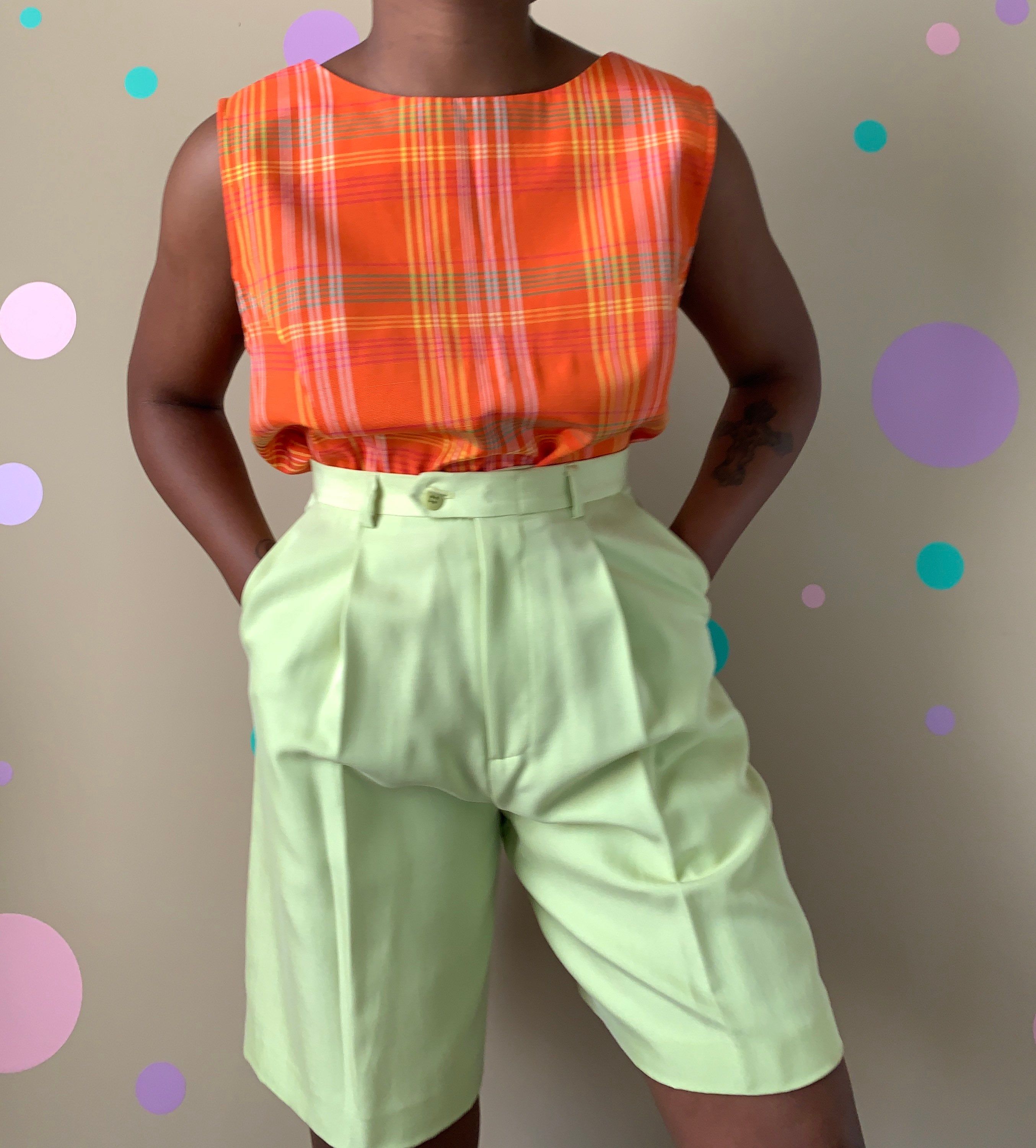
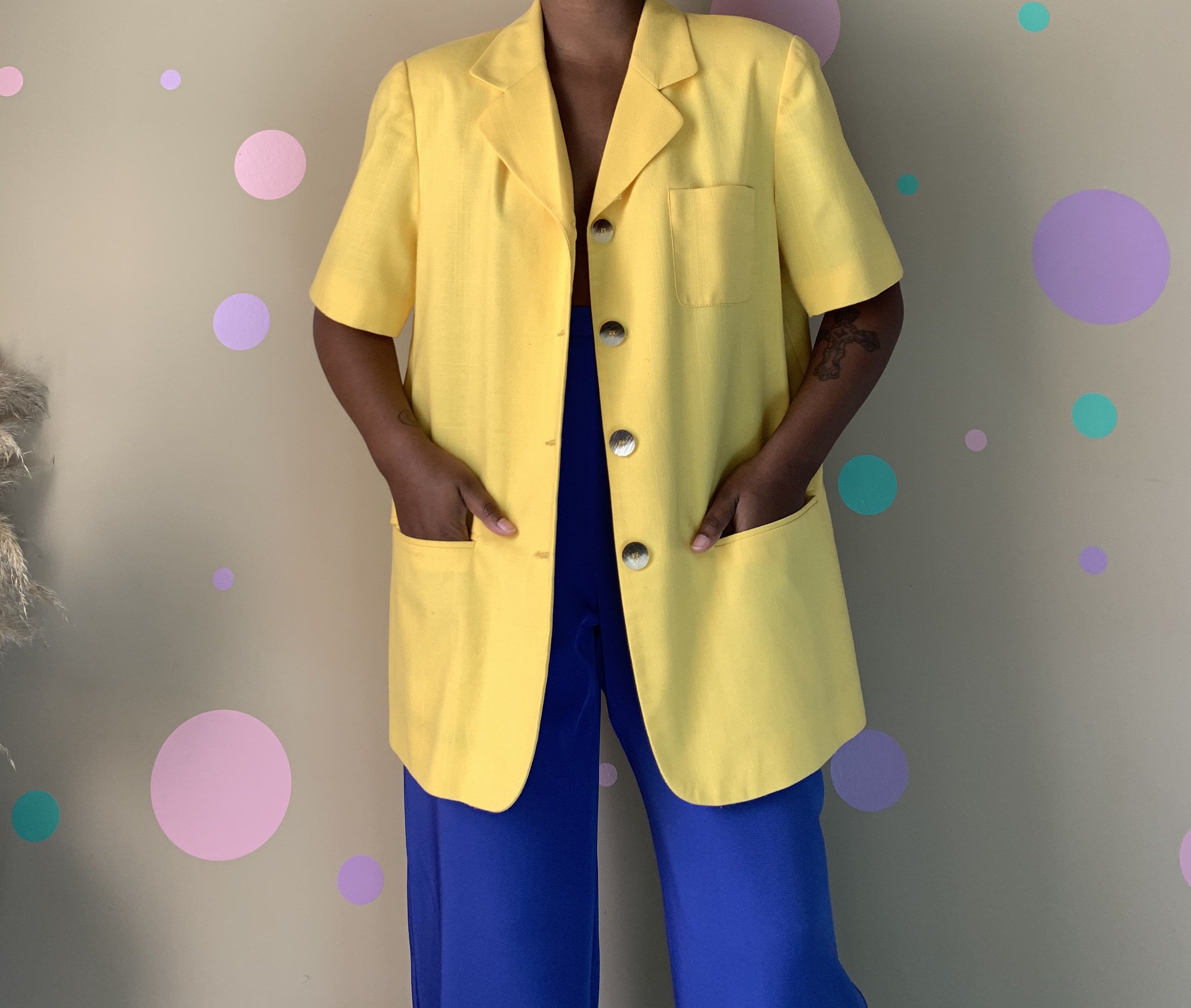
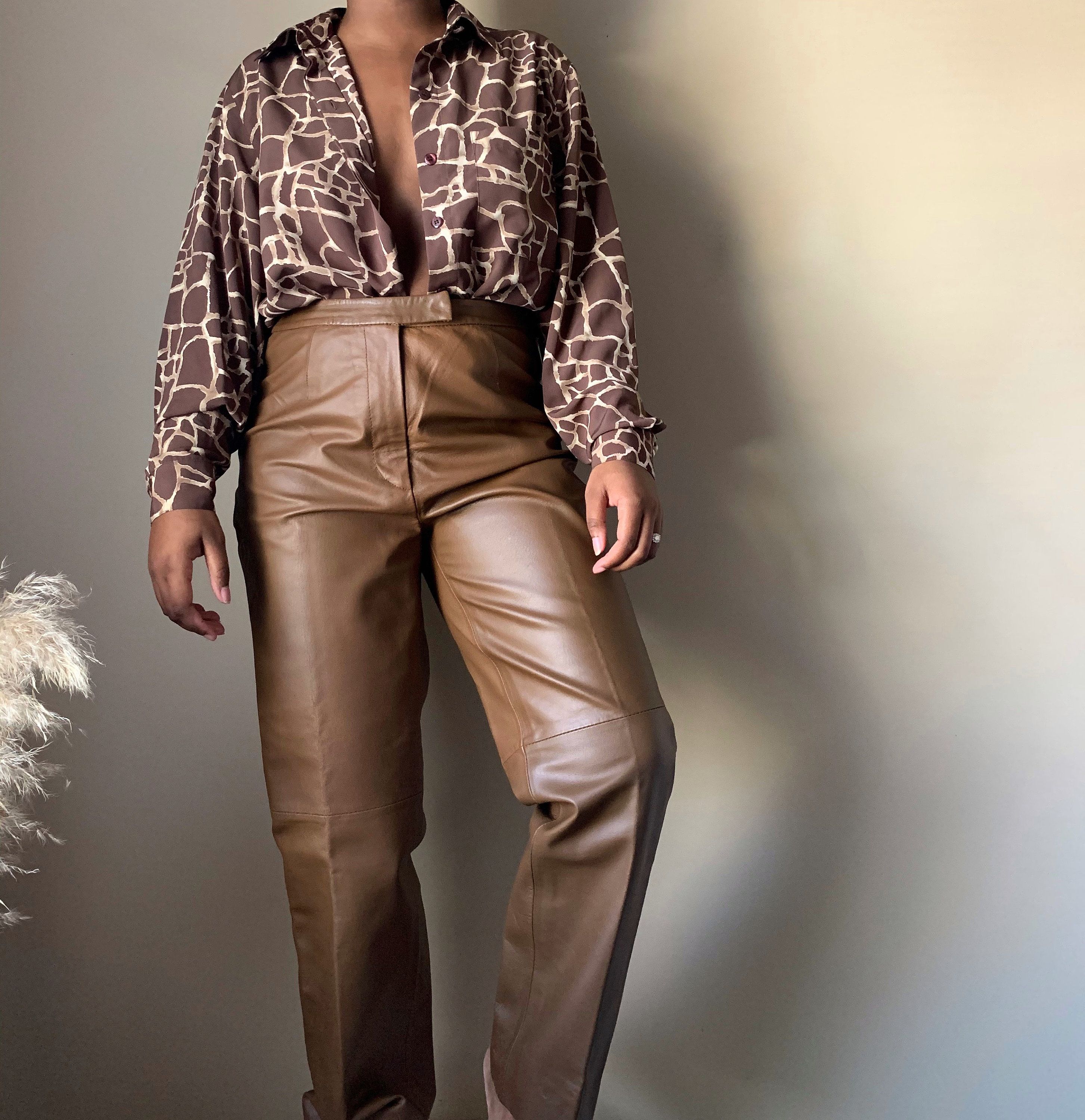
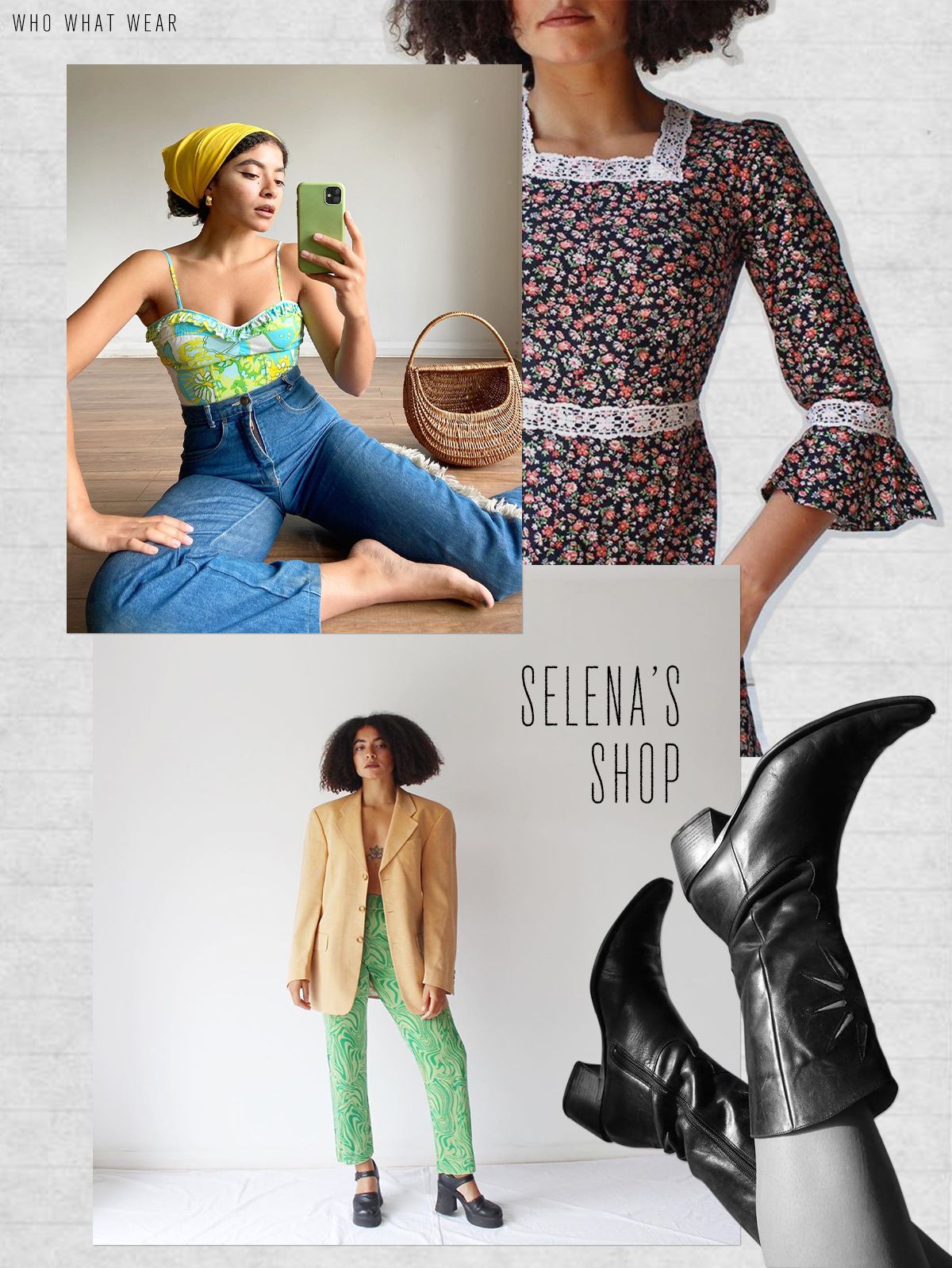
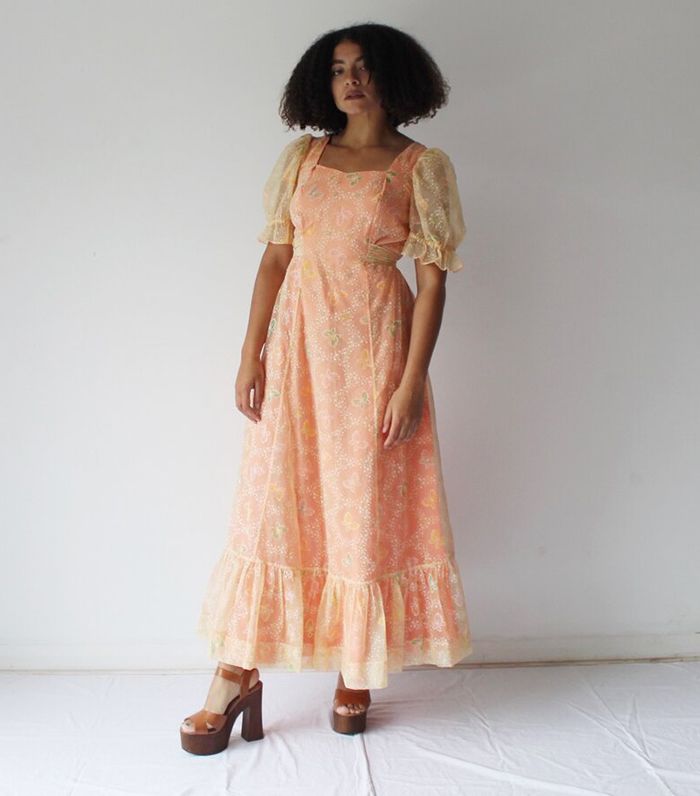

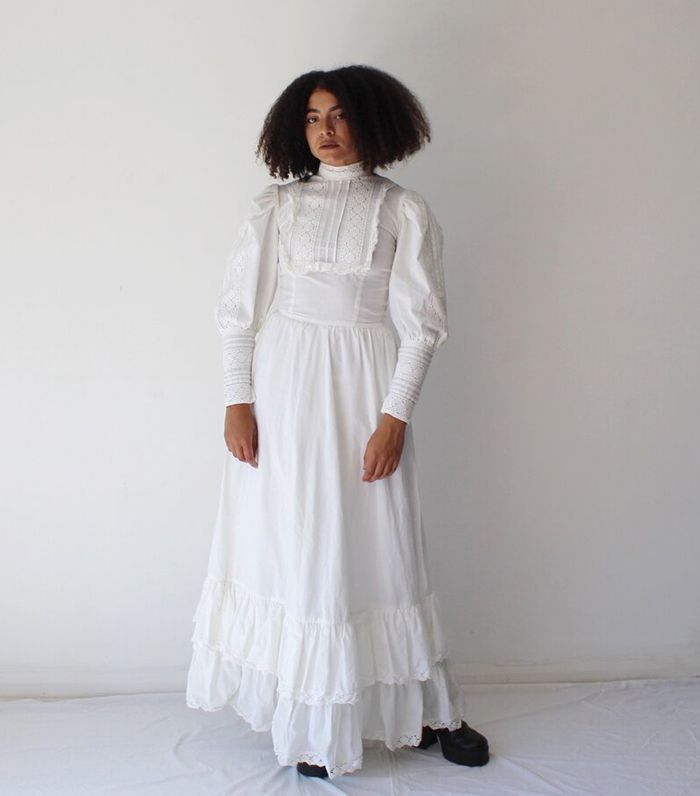
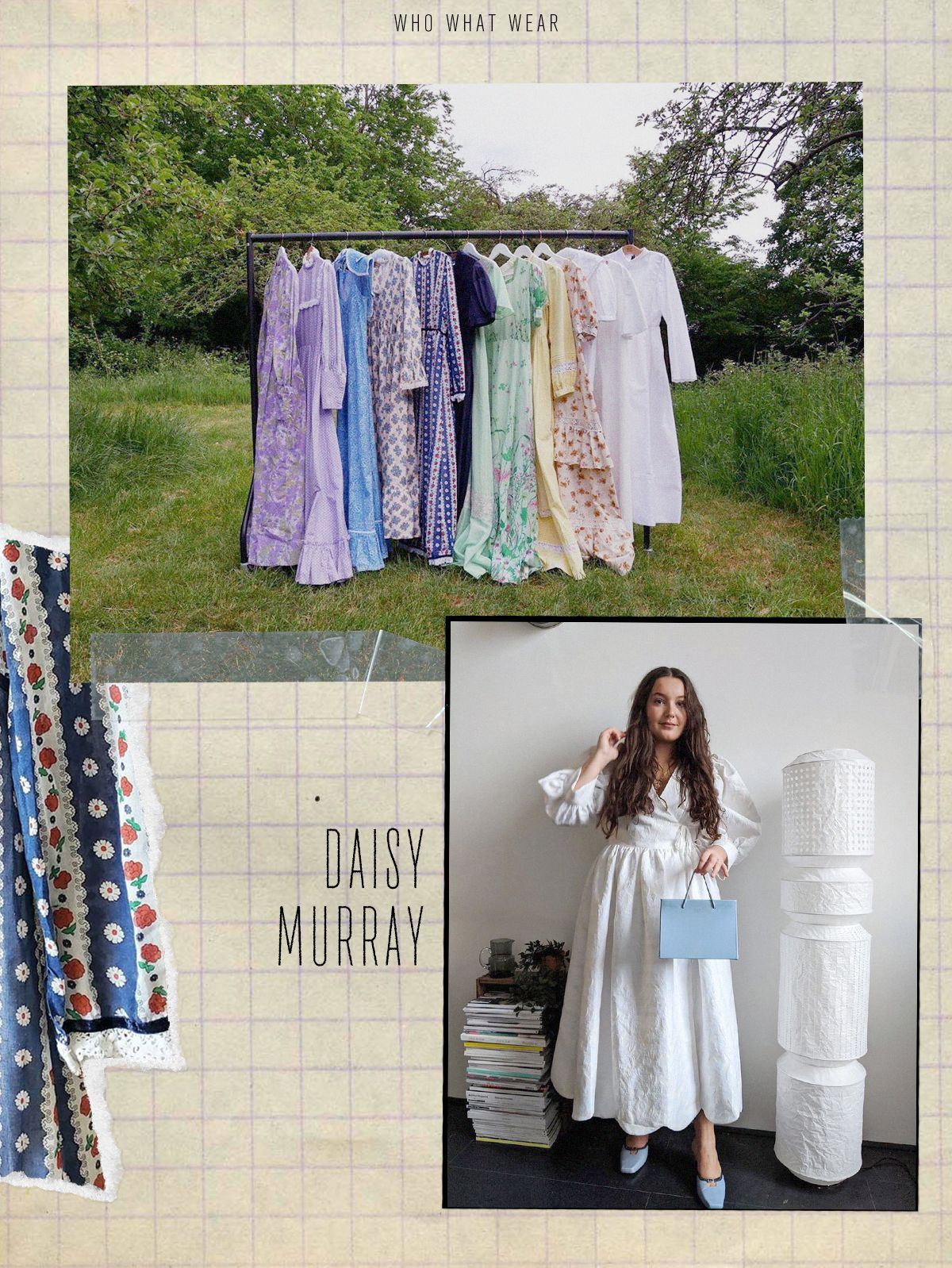
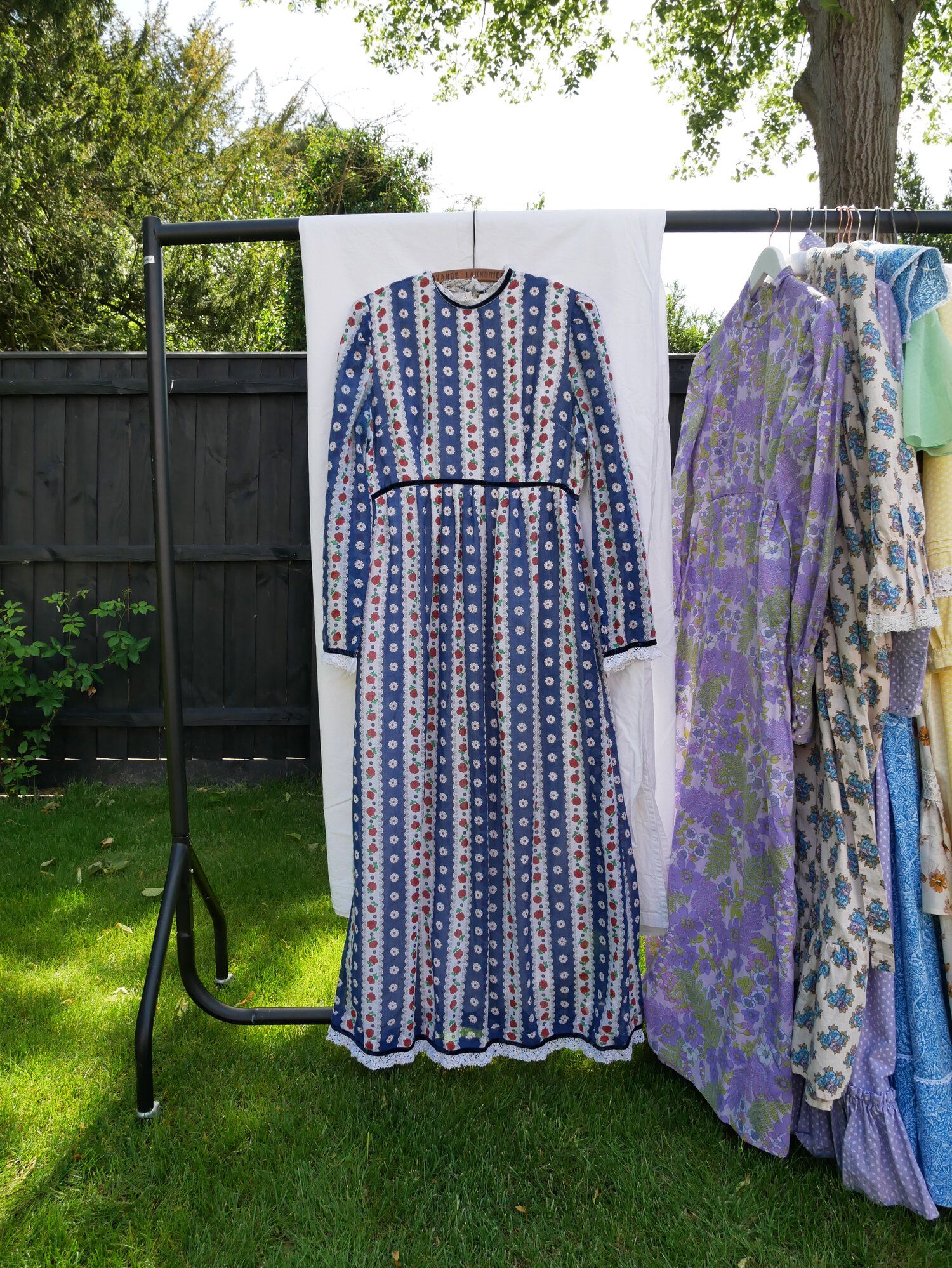
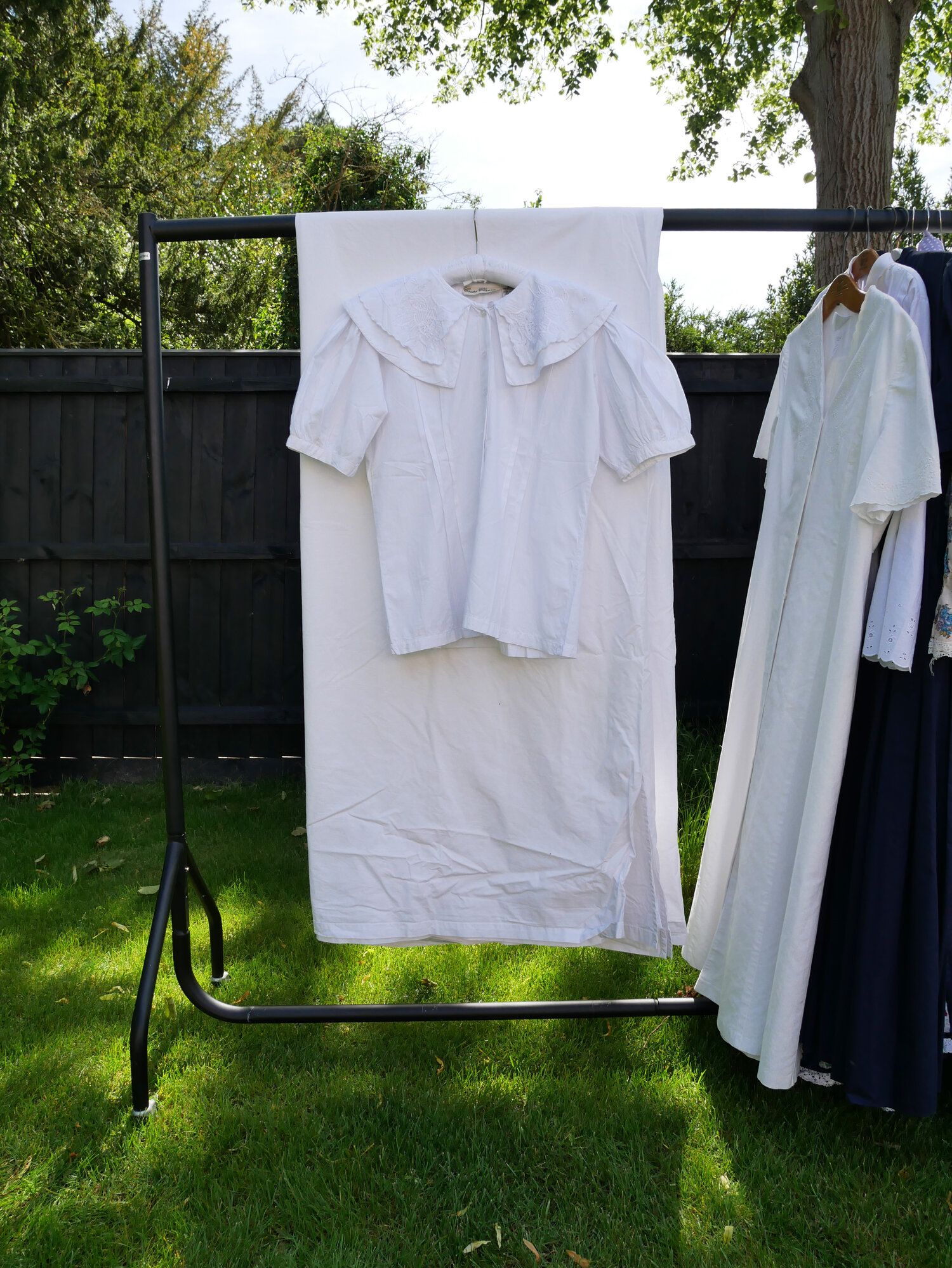
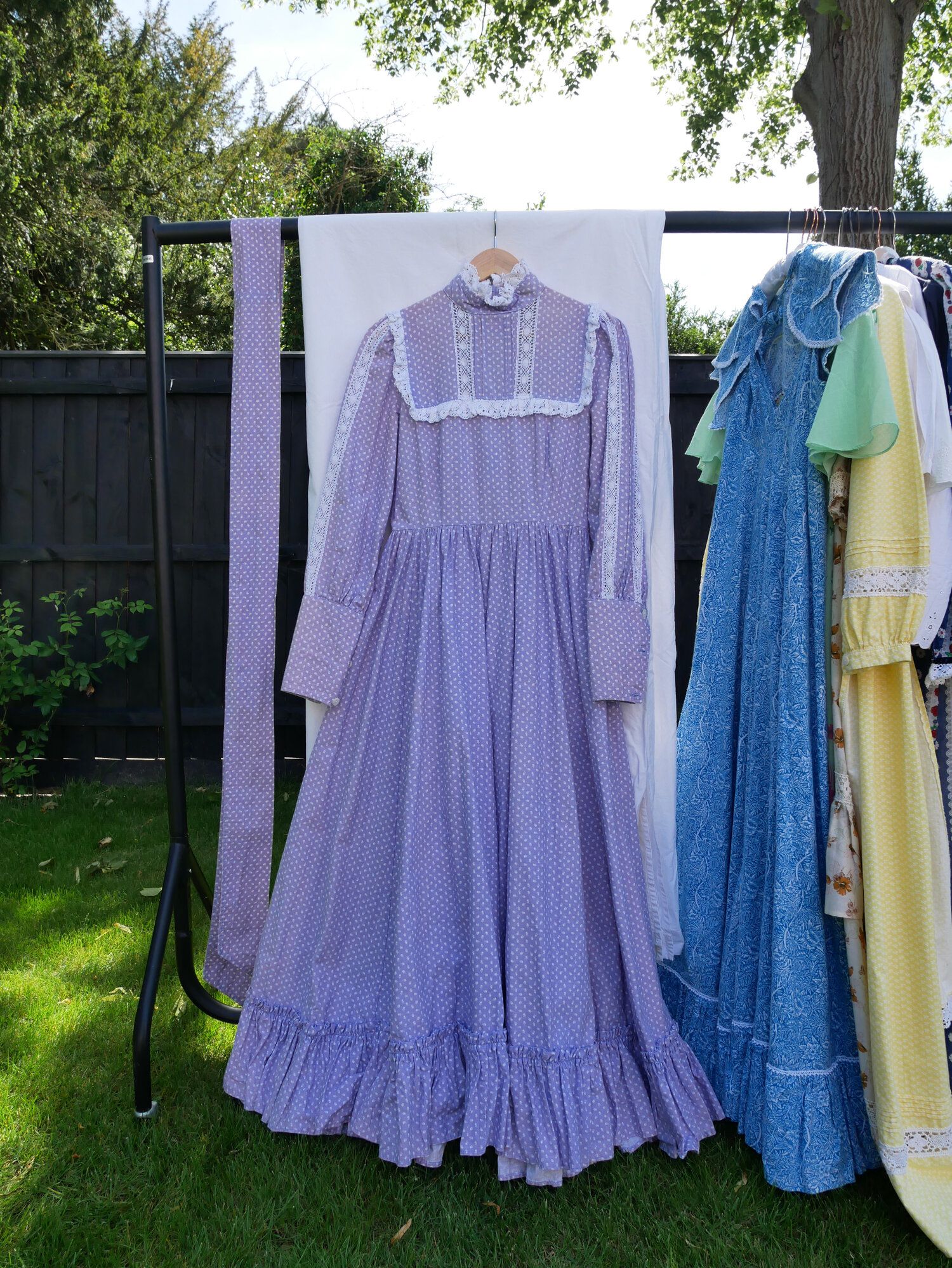
Up Next: Why I Think Nostalgia Is the Future of the Fashion Industry


